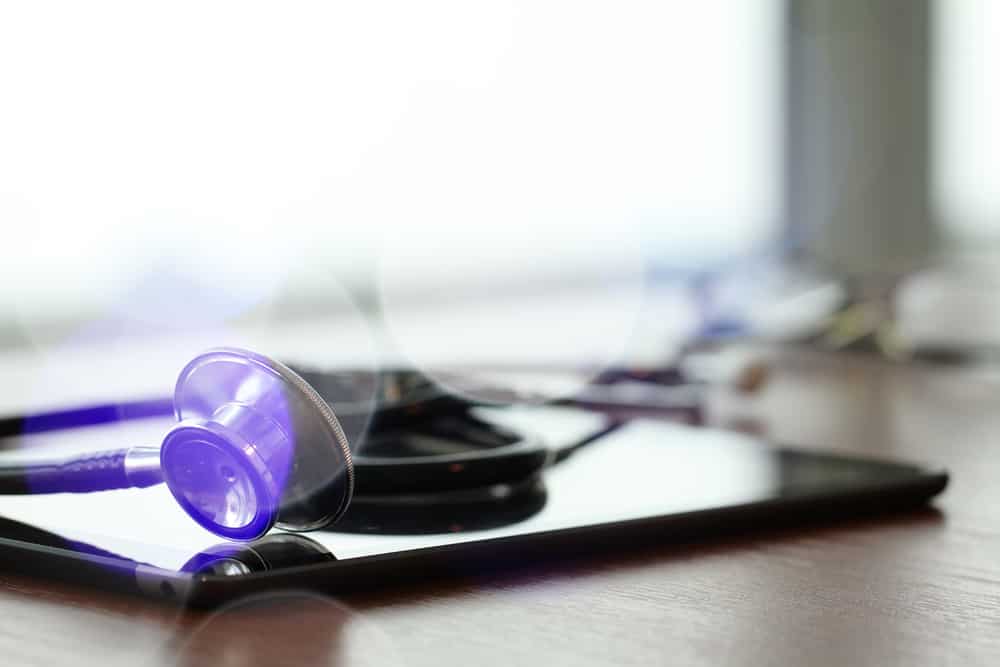The current state of Industrial Design and User Interface Design
In the past, medical product design firms would get caught up in the importance of quality, ISO 13485, and human factors etc. Today medical device design is an extremely regulated industry and for most, it is pretty easy to get stalled in the myriad of details regarding FDA regulations, human factors, and quality.
The reality is, in the market now, not enough folks talk about the importance of good design in the medical and life science product development space.
Great design gets overlooked based on other important and looming tasks such as quality and human factors. There is no doubt that these tasks are paramount, however, design has inched its way into the top of the conversation because consumers and users now demand to have a great experience regardless of the use case. The out of box experience all the way to its end of life of the product that is perceived by the consumer is just as important as the quality of work that goes into the product.
It may seem obvious that the design is a critical factor in developing a product. Yet, if you take a look at the recent International Design Excellence Award, IDEA, where HS Design Principal, Tor Alden was a judge and Co-Chair of the Medical Section, he says that, “there is definitely a trend in the design community for simplification, minimalism, sustainability and usability, but also a really big trend is connectivity or basically connected smart devices.”
IDEA is a premier design competition that crosses all industries from transportation to consumer electronics, home goods, industrial, commercial, branding, visual interaction, design strategy, design service or service design that includes medical and health products. This year there were over 1,600 entries with over 700 entries entering the final round. According to Tor Alden, Principal of HS Design in Gladstone, NJ, said on the most recent podcast of hsDNA, “what is really exciting, from the design community perspective, is to see these other industries and how the medical and life science space is really comparing with everybody else.”
This trend was carried over into all categories. Further proof of that is how the market now, is flush with sophistication in the Medical and Health categories. They have become premier categories of design that are now leading these trends.
From the outside, it seems obvious that design would be nearly as important as function. Yet for a long time, industrial design has always been considered an afterthought because either engineering or marketing would work to contain or put boundaries on what was possible. At its worst, design became an “add-on” for if there was extra money in the budget then design could put some styling on or get a different look just for the sake of differentiation. It was not a core piece of the puzzle.
Over the past 10 years, there has been a push to include design more upfront. There’s always been this kind of talk of design at the head of the table or within the head of the table talking to the leaders, the C-Suite, and the main business decision makers. It’s really been boiled down to; today, design is included as an upfront process just as the use case viability of a project and cost are factors in the market strategy for a new device.
The design process includes the initial design and system thinking. User research, holistic design, and understanding how products fit together as a use case as well in their environment, from cradle to grave.
The industry as a whole is making great strides in being at the forefront of where use meets design. For Tor, and HS Design in Gladstone, NJ, he excitedly explained, “…that the experience in Detroit (at IDEA), has given me my passion back to say that medical (device design) is really doing it right. The award-winning designs all included similar design methodologies that focused on pure upfront researching the stakeholders’ needs, integrating the environment of use, the whole out of box experience. Collaboration was high in industrial design, UI, human factors, mechanical, software, electrical. Design was really bringing back all these touchpoints that made the designs more experiential and more intuitive to use.”
